Reading is FUNdamental: Why reading matters in the ESL classroom & strategies for successful reading lessons!
Deep inside the wild, yet wonderful world of language learning lies a powerful tool that can expand your student’s vocabulary, reinforce grammar, build fluency, and enhance comprehension – I’m talking about READING!
In this blog, we’ll delve into:
🎓 Why reading matters in the ESL classroom
🪄 How to teach exceptional ESL reading lessons
💥 How to refine a truly impactful teaching niche
💎 Why use Crystal Clear’s Levelled Readers to upgrade your tutoring services
Ready?
Let’s turn your students into literacy-loving learners!

🎓 Why Reading Matters in the ESL Classroom:
As early as 1995, researchers Moeller and Meyer have explored the positive effects of using books in early childhood second language acquisition.
“The information in the text includes more than just vocabulary – it involves syntax, flow of language, intonation and pronunciation,” (Moeller, 1995).
Moeller and Meyer discovered that children’s literature accelerates students’ ability to make connections and recall linguistic structures much faster by employing natural language patterns within relatable contexts.
In the book titled “The Power of Reading: Insights from the Research,” (Krashen, 1993), Krashen discusses how extensive reading, even at a slow pace, significantly contributes to language development by exposing readers to a wider range of vocabulary, grammar structures, and sentence patterns per minute than the average, short class, TV show, or song.
Reading is more than just a pastime or a required skill in language acquisition – it’s a gateway to linguistic fluency and cognitive development. For ESL learners, regular reading practise offers a multitude of benefits:
Vocabulary Expansion:
Reading introduces new words and phrases that enrich a learner’s lexical repertoire. Books often contain a richer and more refined form of language in contrast to spoken forms. Relying on the spoken form can lead to a simplified acquisition of language skills. For example, in the spoken form, we could say, “The food tastes bad”, but with some consideration, in written form, we could replace ‘bad’ with words like ‘awful’, ‘terrible’, ‘horrible’ or ‘revolting’!
Grammar Reinforcement:
Exposure to well-structured sentences and grammatical patterns aid ESL learners in internalising English grammar rules. Reading offers students a wider range of vocabulary and grammar; essentially supporting and feeding the brain with the correct language structures.
Improves Fluency:
When it comes to reading, fluency refers to the ability to read words accurately, automatically, and with expression. When ESL students are provided with multiple opportunities to read and listen to a particular text, it aids students in enhancing their fluency. Audiobooks and repeated reading exercises contribute to students’ awareness of rhythm, tone, and pronunciation, thereby assisting them in building fluency.
Creates an Authentic Learning Experience:
Storybooks give students authentic opportunities to learn and review vocabulary and sentence structures in a memorable way. Books provide real-world exposure to practical language use in social settings.
Enhances Comprehension:
Through reading, learners hone their ability to understand context, infer details, form opinions on events, characters, and decisions, and make connections between ideas.
Provides Cultural Insight:
Books provide a window into the cultural nuances and customs of English-speaking societies, fostering a deeper understanding of the language in its cultural context. Teachers concerned about inclusivity can use storybooks to represent varied cultural and contextual learning – an essential soft skill for effective communication in real-life situations.

🪄 How to Teach Exceptional ESL Reading Lessons:
Reading should be an adventure on every page, not a source of frustration for your students to overcome. Here are some strategies to infuse more fun into your reading lessons:
🤪 Be EXPRESSIVE!: Engage learners by reading aloud with expressive, sometimes silly, voices and gestures, pausing to ask comprehension-checking questions. Be expressive when reading, and don’t be shy to make silly sound effects or gestures that give clues to what’s happening in the story. Contextual clues make reading less daunting for learners and support students’ comprehension.
🎨 Incorporate Multi-Sensory Activities: Incorporate hands-on activities like drawing, dancing, role-playing, singing, or discussions related to the story to deepen comprehension and retention.
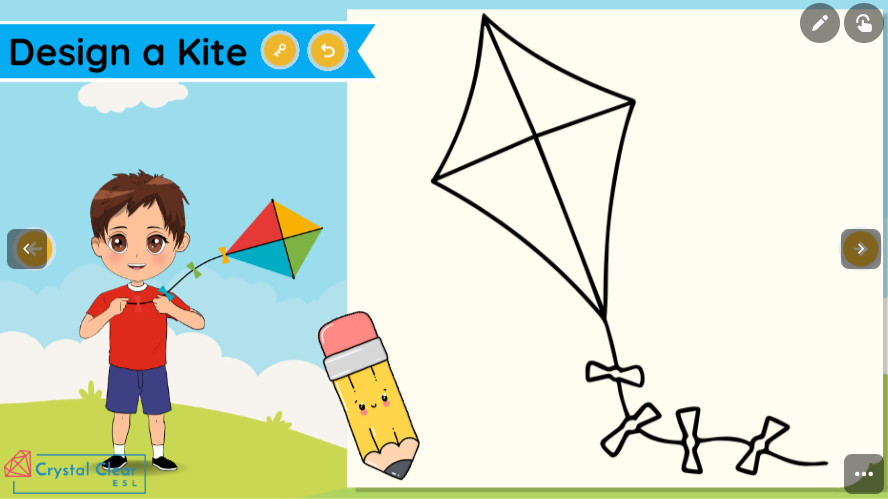
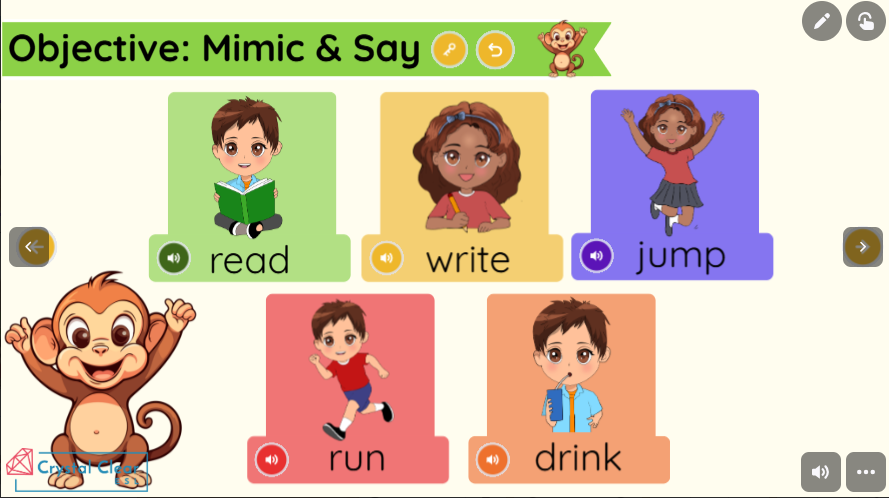
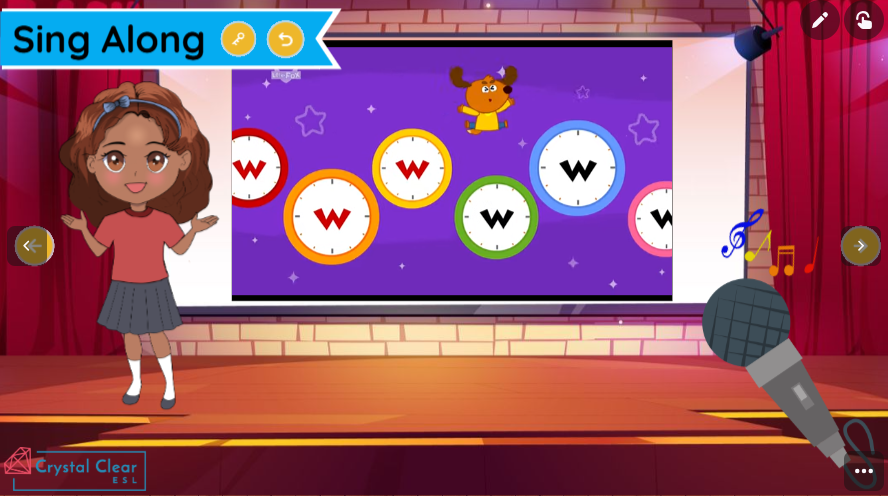
Multi-sensory activities in Crystal Clear’s Levelled Readers
📖 Start a Reading Club or Reading Buddy System: Start a reading club with students of similar proficiencies to encourage collaboration, social skills, and group discussions. With a reading club, you can implement the ‘popcorn method’ – a reading technique where students within a group take turns reading a text, either line-by-line or paragraph-by-paragraph. The popcorn method is beneficial because students can support each other in learning, and confidence issues are mitigated through short turns.
💕 Personalise your Reading Materials: Choose stories that align with your student’s interests. Get to know your students’ hobbies, aspirations, and likes and dislikes. Select reading material that aligns with your students’ unique personalities to keep them interested and engaged in the content.
🎲 Use Interactive Readers: Select a reading curriculum that uses gamification elements, multi-sensory activities, and interactive features. Your reading materials should contain comprehension-based questions and tasks, and the stories should lend themselves to plenty of opportunities to extend and ask comprehension-checking questions.
💥 Refine an impactful teaching niche:
It’s getting tougher and tougher to stand out in the ESL industry, isn’t it? A unique teaching niche (more hot tips on that subject here), like specialised reading classes, is a sure way to stand out among the crowd and upgrade your teaching offerings. Reading skills are foundational to language learning and a highly sought-after skill for ESL learners, so it may come as a surprise that it’s often overlooked in ESL curriculums and online tutoring offerings.
Not sure how to integrate reading lessons into your repertoire? Here are five ideas on how to use reading lessons to fill a unique teaching niche:
- Offer extra reading lessons to potential and existing students.
- Start a reading club (Watch my interview with Anton Taruc to learn how to start your own ESL reading club!)
- Teach specialised reading lessons as standalone lessons over screenshare or a co-browser.
- Offer reading lesson bundles as an add-on or upsell to your current offerings.
- Supplement your current curriculum with high-quality levelled reading materials to support your students’ acquisition of reading and comprehension skills.
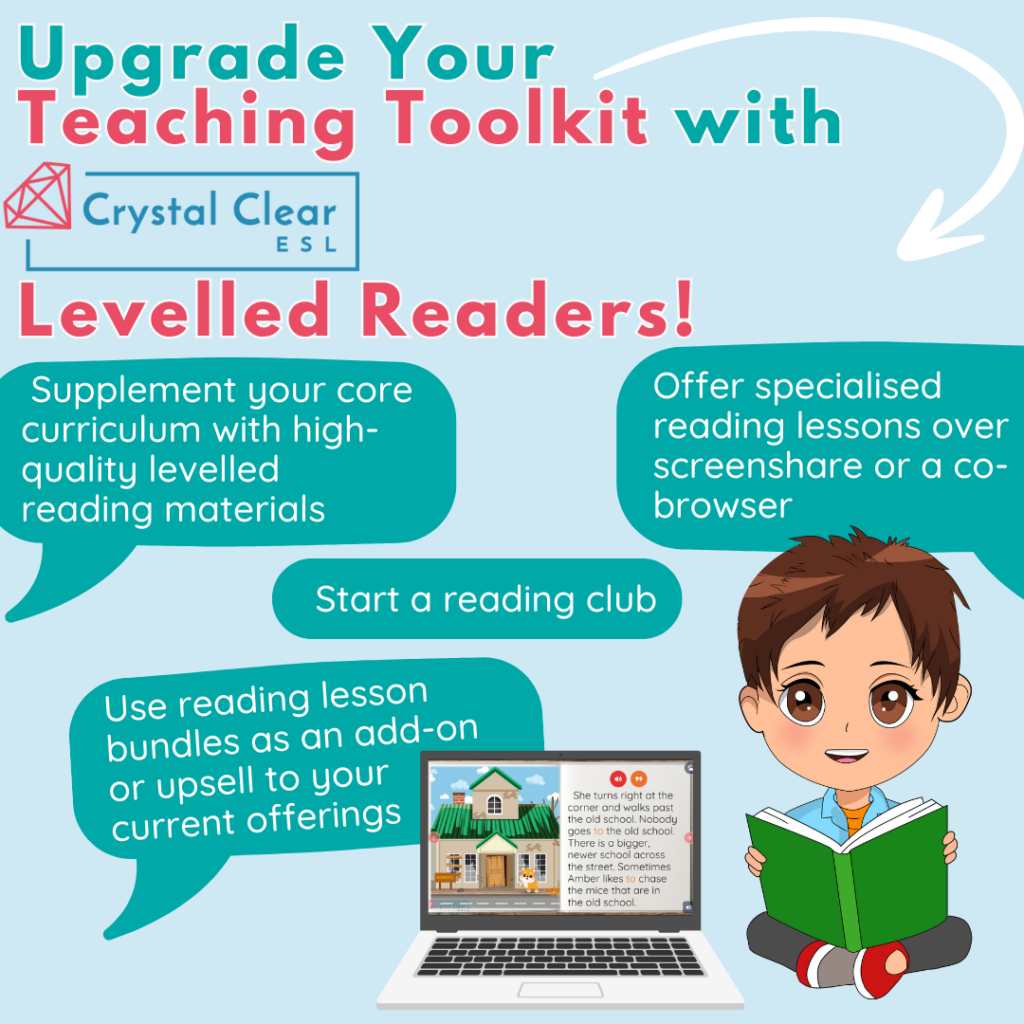
Turn reluctant readers into literacy-loving bookworms!
💎 Introducing: Crystal Clear’s Levelled Readers! 💎
What are levelled readers and why do they work?
Levelled readers are books carefully crafted to match learners’ proficiency levels. Levelled reading materials allow teachers to select appropriate difficulty levels to support their students and build students’ confidence in their reading skills. Crystal Clear’s Levelled Readers are designed with incremental difficulty over five proficiency levels from pre-A1 to B1, ensuring a gradual progression in language complexity. With a gradual increase in difficulty, students won’t be overwhelmed and can improve their language skills in a supportive environment without feeling discouraged or embarrassed about their reading ability.
True beginner students who have just started learning English can be given simple picture book stories (like Crystal Clear’s Level One Readers) and gradually move to narrated audiobooks using more complex sentence structures and vocabulary, effectively supporting a student’s gradual learning curve.
Crystal Clear’s Levelled Readers cover a wide range of topics – from fictional adventures to informative non-fictions – allowing learners to explore their interests in a foreign language while learning reading, comprehension and listening skills.
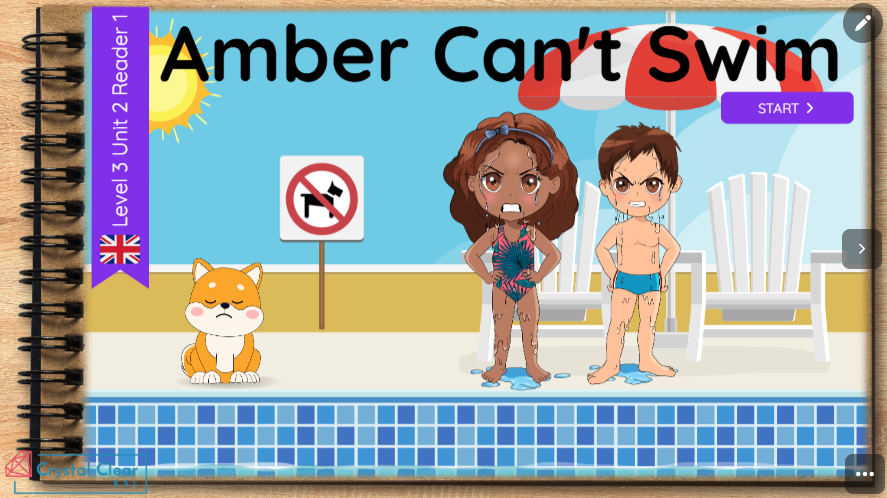


📚 Get your ESL reading fodder here:
Join the Crystal Clear mascots on their adventures through our brand-new gamified storybooks! Read captivating tales with your students while engaging in interactive activities and challenges that build students’ comprehension skills!


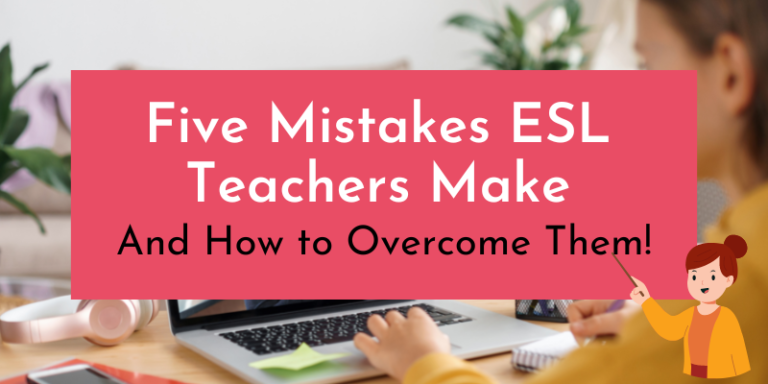
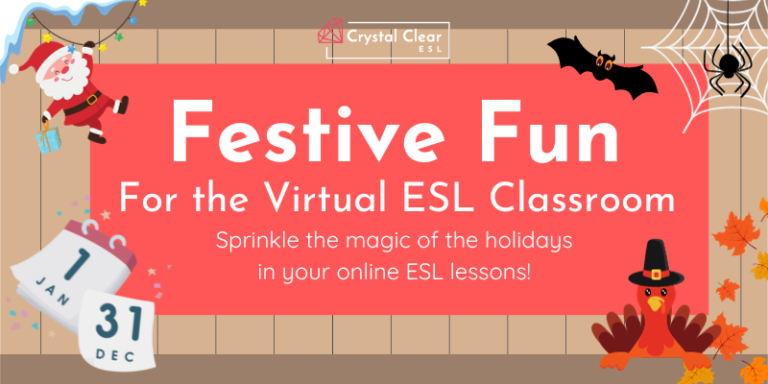




One Comment
Comments are closed.